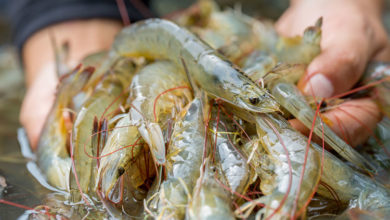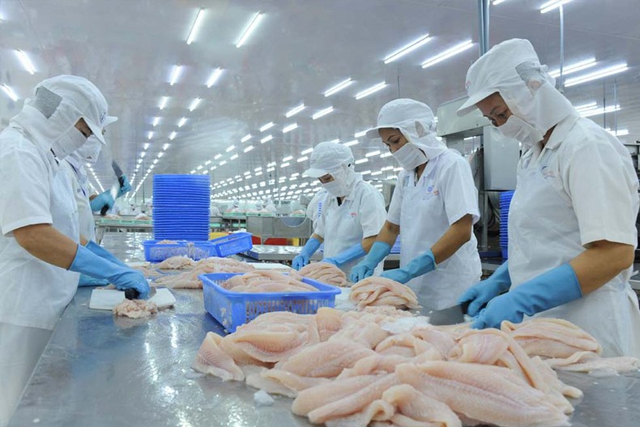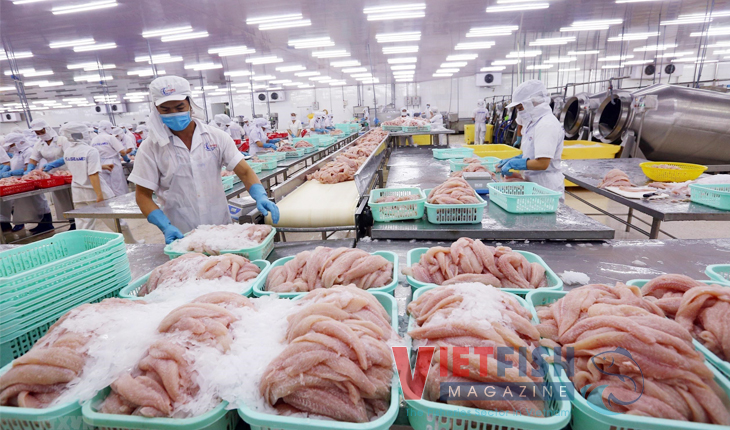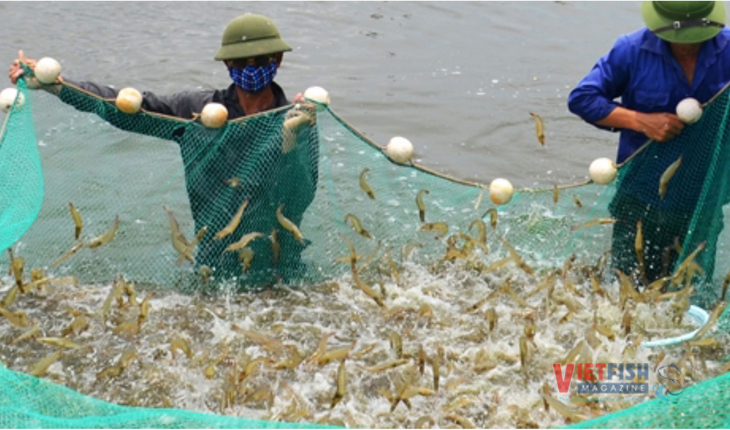Binh Dinh Export of red tilapia farmed in reservoirs
Red tilapia farmed in cages in the reservoirs of Binh Dinh is seeing promising opportunities for export to Japan, offering substantial economic and livelihood benefits for fish farmers.
According to Huynh Viet Hung, Director of the Center for Agricultural Extension (Department of Agriculture and Rural Development), in recent years, cage-farming of tilapia in reservoirs has begun to grow. However, traditional farming methods have not yet achieved high efficiency.
To improve fish quality, the Agricultural Extension Center has implemented commercial tilapia farming models in reservoirs. In 2024, the center rolled out three models at major reservoirs, including: Dinh Binh Reservoir (Vinh Thanh District, capacity 226.3 million m³), Nui Mot Reservoir (An Nhon Town, capacity 110 million m³), and Hoi Son Reservoir (Phu Cat District, capacity 44.5 million m³).
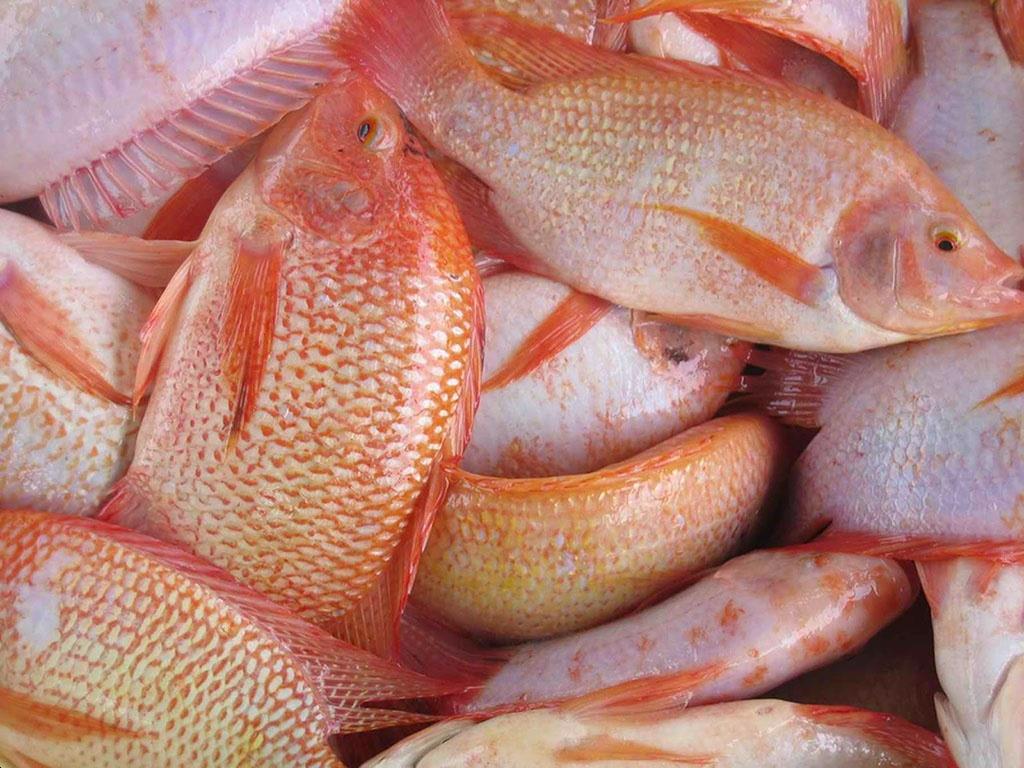
Hung highlighted that a key advantage of tilapia farming in large reservoirs is the clean water environment, ample surface space, and systematic farming techniques. As a result, the tilapia produced is of high quality, free of algae odor, with tender and flavorful meat, meeting the export standards required by Japan.
One model that has shown promising results is the one at Hoi Son Reservoir, involving farmer Ho Van Khuong (Cat Son Commune, Phu Cat District). With two 100 m³ cages, after seven months, the survival rate of the fish was 80%, yielding a total of 5.6 tons with an average weight of 700 grams per fish (exceeding the 500-gram target). With selling prices between 50,000 and 60,000 VND/kg, after expenses, Khuong’s model netted over 100 million VND in profit.
Likewise, Nguyen Van Le in Vinh Thanh Town (Vinh Thanh District) participated in this model with two 100 m³ cages at Dinh Binh Reservoir. After more than seven months, the fish reached weights of 800–900 grams each and are ready for harvest. Currently, Le’s farm operates 22 cages, with fish growing well and experiencing minimal disease, generating an average annual income of over 100 million VND.
Le Van Thuan, Deputy Director of the Vinh Thanh Agricultural Services Center, noted that the cage-farming model for tilapia in Dinh Binh Reservoir has attracted 28 participants, encompassing approximately 23,000 m³ of cage space for tilapia, sheatfish, and other fish varieties. The annual market supply exceeds 700 tons, mainly of tilapia. The local government encourages production in this clean-water area suitable for aquaculture. Households involved in the center’s models receive a 50% subsidy on seedlings and feed, as well as technical training for both current and aspiring participants.
Hung sees this model not only as a way to boost productivity but also as an opportunity to promote sustainable aquaculture investment.
According to statistics, the province currently has more than 40 households farming tilapia, with around 540 cages spanning 27,000 m³. The provincial agriculture sector is building a supply chain for cage-farmed tilapia from reservoirs, with priority given to the farming area in Dinh Binh Reservoir. Mai Tin Binh Dinh Co., Ltd., has already purchased tilapia to produce sample sashimi sent to Japan. Initial feedback has been very positive, with partners highly rating the quality as odor-free and the sashimi as delicious.
Ho Mai Anh, Head of General Affairs and Sales at Mai Tin Binh Dinh Co., Ltd., shared that the company is actively seeking export opportunities for Binh Dinh tilapia in Japan. However, Japan is a challenging market; it had previously imported tilapia from Taiwan but stopped due to algae odor. To meet Japan’s stringent requirements, the company is developing a sustainable growth strategy for Binh Dinh tilapia. Currently, they are fast-tracking necessary procedures to introduce Binh Dinh tilapia products into major supermarkets in Japan, hoping to create a stable and sustainable market for the province’s tilapia farming industry.
VFM


